
Today was the final day and showcase of our Representation Studio, a 2nd year grad student wide course focused on representation and its various methods and techniques.
from the syllabus...
"Here in Taubman College, the discipline and program of Architecture are at a
crossroads with regard to representation. Amid rapidly-changing sets of personal
and professional media practices, the Architecture program needs to rethink its
representational conventions."
Since there are over a 100 of us 2nd year students, we were broken up into smaller sections focusing on more specific representational interests.
Christian Unverzagt section
Wireframing. This section will pursue and develop a disciplined approach to the
construction of measured drawings through various drawing analogues, such as
metal wire assemblies. It will do so via forms of projection traditionally used for
architectural production, including orthographic and perspectival methods and seek
to expand those methods through others often characterized as deviant from those
of the classical viewer, including parallax and anamorphosis. It will seek to expand
the domain of drawing and include digital tools (Rhino and Illustrator), hand
drawing, and techniques of light gauge metal fabrication including bending,
soldering, and perhaps welding(!). The subject matter will be the wire chair, a
prime example of a material assembly that supports the body and engages the eye
in a way that is simultaneously repetitive, economical, layered, and flattened and
speaks to the capacity for systems to expand the capability of a normative element.
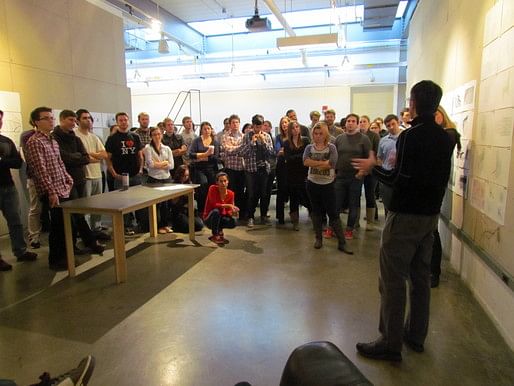

Kyle Reynolds section
Real Fake over Fake Real. This section will question the popular misconception
that contemporary digital media can effectively produce realism through
representation. For inevitably, the bias of media brings expression to every act of
representation, even those assumed to be literal documentation, and more skillful
practitioners recognize this. As a way to explore alternatives to the realism trend,
this section will apply a series of projective techniques; Camera, Collage, and
Cartoon; to the interpretation of eight canonical houses of the 20th century. You
will be asked to become more casual about moving among media (Rhino, AutoCAD,
Illustrator, Photoshop, Hand Drawing, Photography and Physical Models). Casual,
however, should not be mistaken for careless. Instead, the intention is to develop
precise mastery of techniques, fluent translations of objects and images, better
intuition for expressive bias, and quick projections of attitudes and ideas. The final
project will be an interpretive collage, across chosen media.
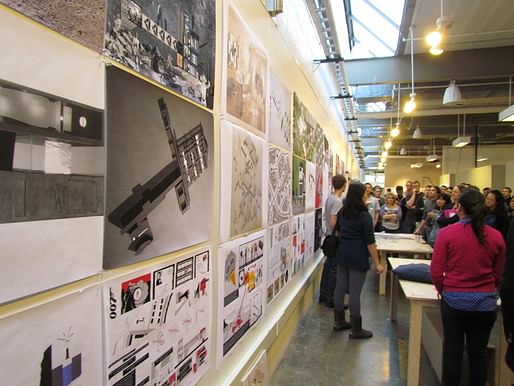
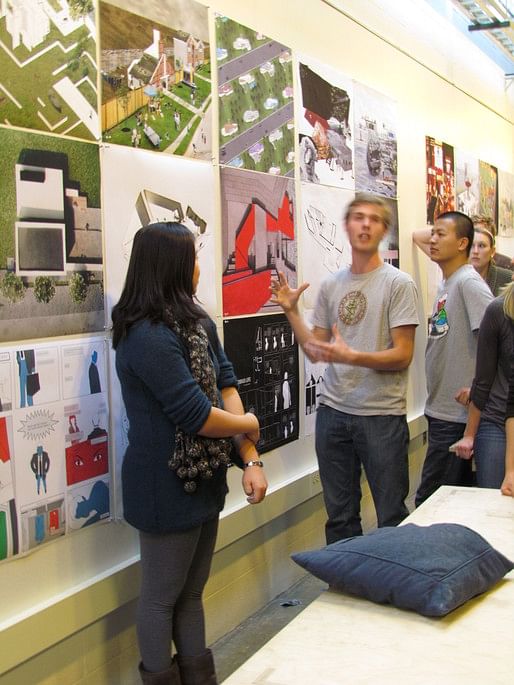
James Macgillvray section
Point. The section will look at what could be called “no vanishing point” systems
of projective drawing. Beginning with Piero della Francesca and what Robin Evans
calls the “Other Method,” the section will learn firsthand through drawing a simple
object how this method works without a vanishing point in the distance between
the eye and the object. Further, we will look at how this method carried over into
the descriptive geometry of Gaspard Monge and Girard Desargues. The subject
matter for these representations will be a lo-tech motion capture of an everyday
movement; using camera and some ping pong balls, students will document in plan
and elevation, the points of a simple bodily motion. This will be the raw material
for the drawings and further manipulations. Although we will be looking at hand
drawn techniques students will be required to prepare drawings in AutoCAD.

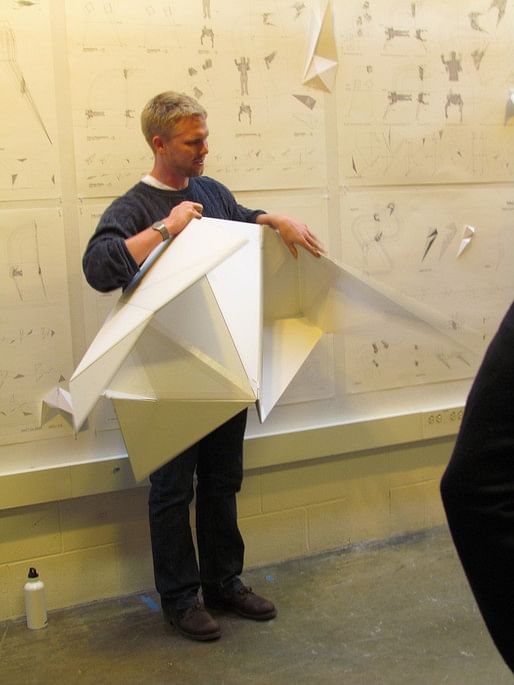
Tsz Yan Ng section
Assembly. While parametric modeling and iterative transformative modeling
techniques have shifted the way we look at components of prototyping, fabrication,
and construction, the complex ways in which we still rely on drawing as ultimately
the communicating device is still paramount. As we enter the age of global
production whereby drawings are sent half way around the world, clarity to
communicating design intentions and fabrication processes are key to architectural
production. This section will investigate, through the production of a horizontal
surface, the various ways in which complex assemblies are drawn, described,
fabricated, and packaged with comprehensive directions for final assembly. In
teams of two, each group will select an assembly system, made up of a limited
number of varied and related units, to examine communication techniques of
diagramming 2D+3D and production of coordinated sets of directions for making and
assembly. Final submission will include prototypes and a formatted comprehensive
set of drawing
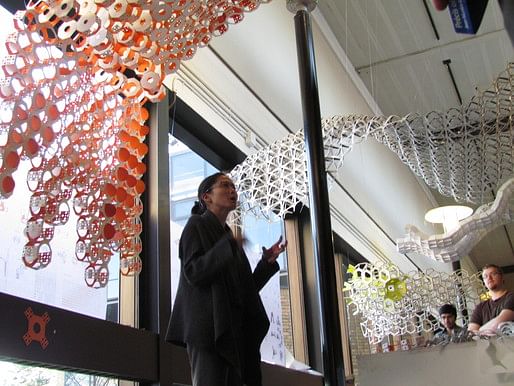


I was lucky enough to be in this last section, Ng section, will post soon with images and information on our section's individual presentation.
I am a graduate student and an entrepreneur at the University of Michigan Taubman College where my studies are focused on leveraging design ideas across multiple scales and platforms. Meeting at the intersection between design, tectonics and fabrication, I am continually exploring how a design idea can navigate complex material and production systems and evolve into fully realized architectural artifacts.
No Comments
Block this user
Are you sure you want to block this user and hide all related comments throughout the site?
Archinect
This is your first comment on Archinect. Your comment will be visible once approved.